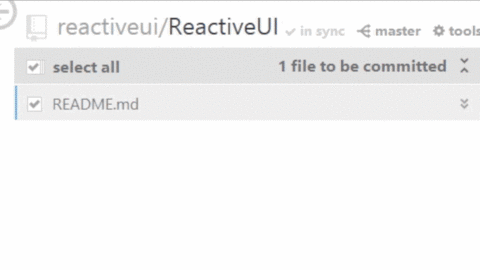Suppose you have a single file in your repo, and you have the following commits:
commit 1 : the file contains A
commit 2 : the file contains B
commit 3 : the file contains C
If you execute revert on commit 3, you'll have this in the repo:
commit 1 : the file contains A
commit 2 : the file contains B
commit 3 : the file contains C
commit 4 : the file contains B
And the file in your working copy will contain B as well.
If you execute roll back, you'll have this in the repo:
commit 1 : the file contains A
commit 2 : the file contains B
And the file in your working copy will be left unmodified. The file will thus contain C. It allows you to fix a small mistake and commit again, for example.
